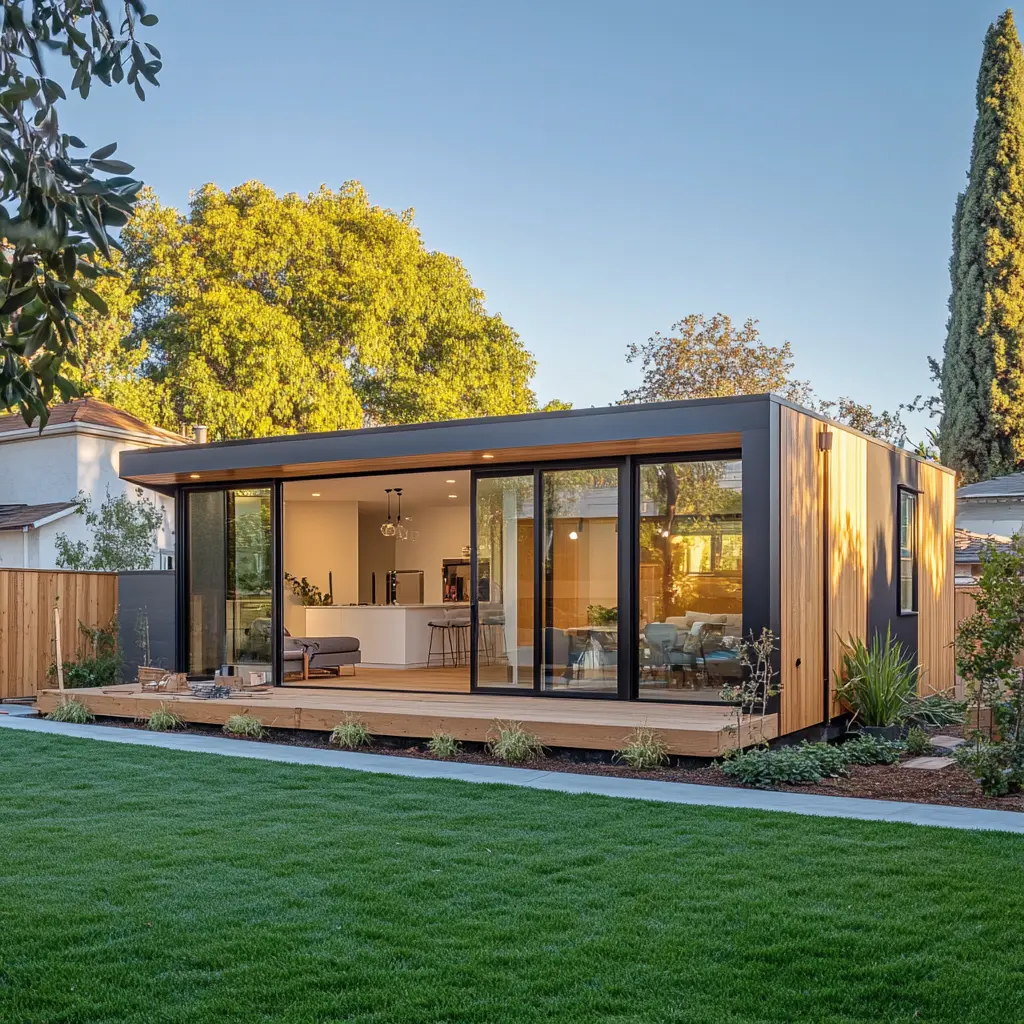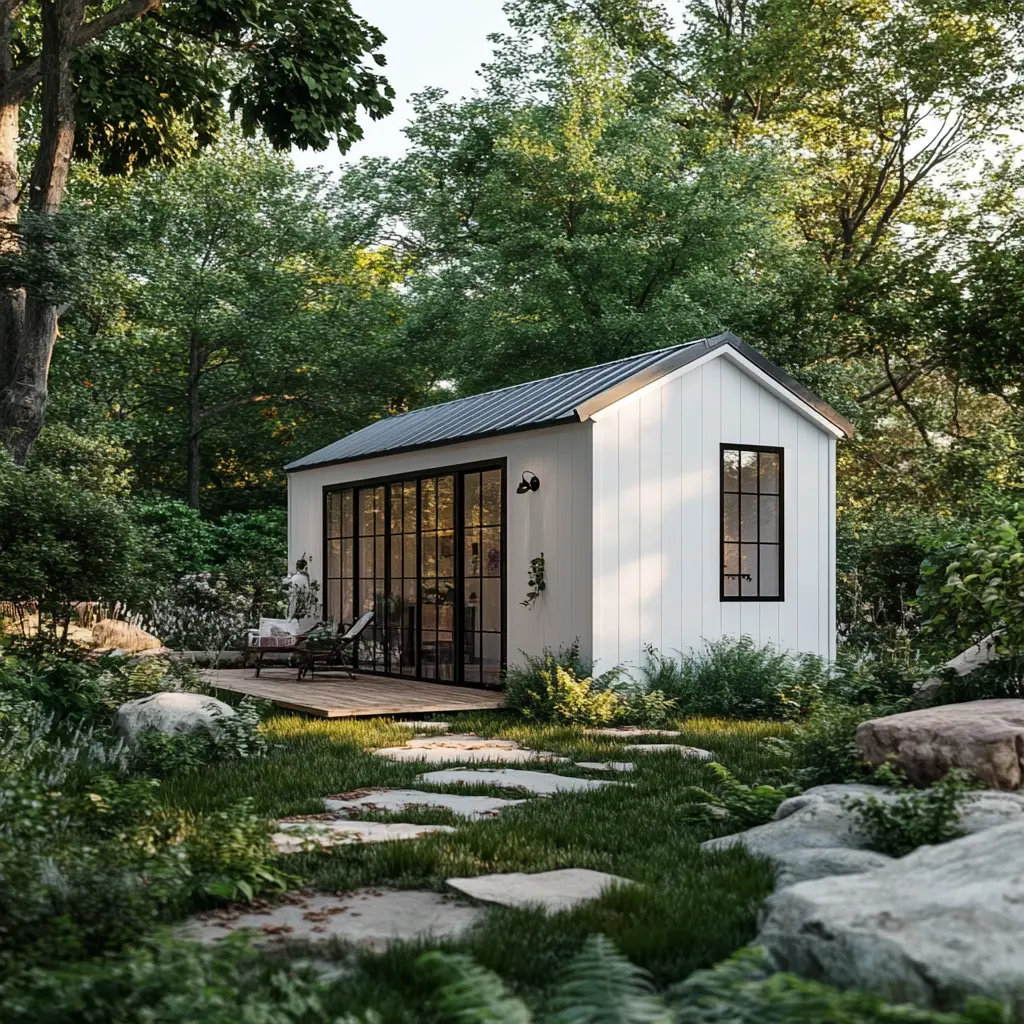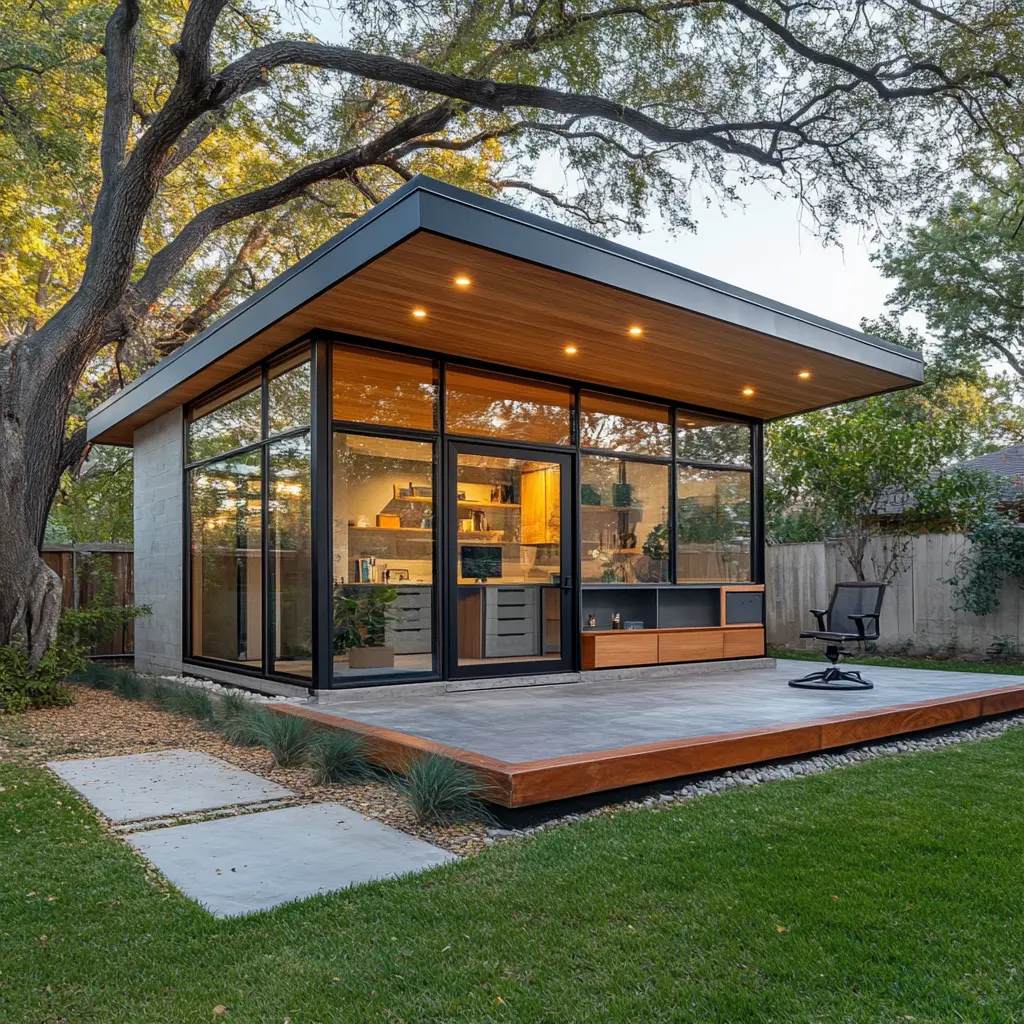
Your Guide to California Housing Laws: How ADU Zoning is Changing in 2024
California continues to innovate when it comes to housing solutions, especially in light of the state’s ongoing housing crisis. Among the key strategies are Accessory Dwelling Units (ADUs), which are helping homeowners maximize their property while providing affordable housing options. In this article, we’ll explore the latest California housing laws, focusing on how they impact ADU construction, financial incentives, and zoning regulations in 2024. Whether you’re a homeowner, investor, or developer, understanding these laws will help you navigate the process and take full advantage of the opportunities available.
ADU Zoning Laws in California: Key Changes for 2024
Recent updates to California housing laws have made it easier for homeowners to build ADUs. With the growing demand for affordable housing, the state has relaxed certain restrictions and introduced new incentives to streamline the process. Here’s a breakdown of the most important updates:
AB 1033 – New Sale Restrictions and Opportunities

AB 1033, introduced in 2023, allows homeowners to sell ADUs separately from their primary residence, a change that was previously restricted in many cities. This opens up new opportunities for homeowners looking to turn their ADU into an income-generating property. However, not every city has adopted this law yet. Check with your local zoning office to see if your city allows the separate sale of ADUs. For more information on this law, visit the official California Department of Housing and Community Development (HCD) website.
💡 Example: In Los Angeles, you may be able to sell your ADU under AB 1033, while cities like San Francisco may still impose restrictions. Always consult local guidelines before proceeding.
AB 976 – Streamlining ADU Construction
AB 976 reduces barriers to ADU construction by simplifying the approval process. Key features of this law include:
- No parking requirements for ADUs in urban areas with access to public transportation.
- A 60-day approval window for most ADU applications.
This is a big win for homeowners who previously faced long wait times and expensive fees just to get started. For more details, check out the California Housing Finance Agency (CalHFA) website

Ready to Build Your Dream ADU? Let’s Make It Happen!
Ready to take advantage of the latest California housing laws and build an ADU? Contact us now for expert advice and a free consultation.

Financial Incentives for Building an ADU in California
Building an ADU can be expensive, but there are significant financial incentives available to California homeowners. With AB 976 and AB 434, there are several incentives you should know about:
- Deferral of impact fees until the ADU is occupied.
- Reduced construction fees for ADUs, especially for smaller units.
- Tax breaks for homeowners in certain counties who build ADUs.
| City | Permit Fee Waivers | Tax Incentives | Grants & Loan Programs |
|---|---|---|---|
| Los Angeles | Partial fee waivers | Affordable Housing Tax Exemption | ADU Loan – Up to $75,000, 0% interest |
| San Francisco | No fee waivers | Housing Density Bonus Program | ADU Grant – Up to $20,000 |
| San Diego | Reduced fees for low-income housing | ADU Tax Credit – Up to 10% of costs | ADU Loan – Up to $100,000, low interest |
| Sacramento | No fee waivers | Solar Tax Credit for ADUs | ADU Grant – Up to $10,000 |
| Oakland | Fee waivers for affordable housing | Tax Incentives for affordable ADUs | ADU Loan/Grant – Up to $50,000, $10,000 grant |
| Long Beach | Partial fee waivers | Affordable Housing Tax Credit | ADU Loan – Up to $70,000, 2% interest |
💡 Example: If you live in Los Angeles, there may be state-level grants or low-interest loans available for homeowners who are willing to build an ADU, which reduces the financial burden. You can find more information on these programs through the California Housing Finance Agency.
ADU Zoning Laws and Cost Comparison by City in California
Not all cities in California have the same rules for ADU construction. While the state sets guidelines, each city implements its own zoning laws, which can impact both construction timelines and costs.
Here’s a quick comparison of ADU zoning regulations in major California cities:
| City | Zoning Law | Impact Fees | Parking Requirements |
|---|---|---|---|
| Los Angeles | Allows 2 ADUs per lot in most zones. | $1,000 to $5,000 | None in urban areas. |
| San Francisco | Strict rules in historic districts. | High, based on unit size | 1 space per unit required |
| San Diego | Flexible zoning; ADUs allowed in residential areas | $2,500 to $4,000 | No parking required. |
| Sacramento | Encourages ADUs in suburban and rural areas | $1,000 to $3,000 | No parking required. |
Understanding the Costs of Building an ADU
The cost of building an ADU can vary significantly based on location, design, and size. Here are some of the costs you can expect:
- Site Preparation: This includes clearing the land, making it level, and ensuring the foundation is solid. Costs can range from $5,000 to $20,000 depending on the location and conditions.
- Construction: Building the actual structure can cost anywhere from $100,000 to $400,000 depending on the size, design, and materials used.
- Permitting and Fees: As we saw earlier, fees can range from $1,000 to $5,000, with some cities offering waivers for certain conditions.

💡 Tip: Before beginning construction, consider consulting with local architects and engineers familiar with the zoning laws and costs in your area. They can help you minimize costs while staying compliant with California housing laws.
Conclusion
As we’ve seen, California housing laws are evolving rapidly, especially regarding Accessory Dwelling Units (ADUs). Whether you’re looking to build an ADU, sell one, or take advantage of financial incentives, staying informed is key. Always remember that local zoning laws can vary, so it’s crucial to consult with experts familiar with the latest regulations.
With the new laws in 2024, homeowners across California have new opportunities to add ADUs to their properties, contributing to the state’s housing goals and, potentially, adding significant value to their homes. Stay up to date with changes and consult professionals to make the most of these opportunities.

Create More Space with an ADU – Start Today!
Don’t miss out on the opportunity to expand your living space! Our team specializes in ADU construction and can help you with every step, from permits to the final build.





